-
BackX
-
Components
-
-
Category
-
Semiconductors
- Diodes
- Thyristors
-
Electro-insulated Modules
- Electro-insulated Modules | VISHAY (IR)
- Electro-insulated Modules | INFINEON (EUPEC)
- Electro-insulated Modules | Semikron
- Electro-insulated Modules | POWEREX
- Electro-insulated Modules | IXYS
- Electro-insulated Modules | POSEICO
- Electro-insulated Modules | ABB
- Electro-insulated Modules | TECHSEM
- Go to the subcategory
- Bridge Rectifiers
-
Transistors
- Transistors | GeneSiC
- SiC MOSFET Modules | Mitsubishi
- SiC MOSFET Modules | STARPOWER
- Module SiC MOSFET ABB’s
- IGBT Modules | MITSUBISHI
- Transistor Modules | MITSUBISHI
- MOSFET Modules | MITSUBISHI
- Transistor Modules | ABB
- IGBT Modules | POWEREX
- IGBT Modules | INFINEON (EUPEC)
- Silicon Carbide (SiC) semiconductor elements
- Go to the subcategory
- Gate Drivers
- Power Blocks
- Go to the subcategory
- Electrical Transducers
-
Passive components (capacitors, resistors, fuses, filters)
- Resistors
-
Fuses
- Miniature Fuses for electronic circuits - ABC & AGC Series
- Tubular Fast-acting Fuses
- Time-delay Fuse Links with GL/GG & AM characteristics
- Ultrafast Fuse Links
- Fast-acting Fuses (British & American standard)
- Fast-acting Fuses (European standard)
- Traction Fuses
- High-voltage Fuse Links
- Go to the subcategory
- Capacitors
- EMI Filters
- Supercapacitors
- Power surge protection
- TEMPEST emission revealing filters
- Surge arrester
- Go to the subcategory
-
Relays and Contactors
- Relays and Contactors - Theory
- 3-Phase AC Semiconductor Relays
- DC Semiconductor Relays
- Controllers, Control Systems and Accessories
- Soft Starters and Reversible Relays
- Electromechanical Relays
- Contactors
- Rotary Switches
-
Single-Phase AC Semiconductor Relays
- AC ONE PHASE RELAYS 1 series| D2425 | D2450
- One phase semiconductor AC relays CWA and CWD series
- One phase semiconductor AC relays CMRA and CMRD series
- One phase semiconductor AC relays - PS series
- Double and quadruple semiconductor AC relays - D24 D, TD24 Q, H12D48 D series
- One phase semiconductor relays - gn series
- Ckr series single phase solid state relays
- One phase AC semiconductor relays for DIN bus - ERDA I ERAA series
- 150A AC single phase relays
- Rail Mountable Solid State Relays With Integrated Heat Sink - ENDA, ERDA1 / ERAA1 series
- Go to the subcategory
- Single-Phase AC Semiconductor Relays for PCBs
- Interface Relays
- Go to the subcategory
- Cores and Other Inductive Components
- Heatsinks, Varistors, Thermal Protection
- Fans
- Air Conditioning, Accessories for Electrical Cabinets, Coolers
-
Batteries, Chargers, Buffer Power Supplies and Inverters
- Batteries, Chargers - Theoretical Description
- Modular Li-ion Battery Building Blocks, Custom Batteries, BMS
- Batteries
- Battery Chargers and Accessories
- Uninterruptible Power Supply and Buffer Power Supplies
- Inverters and Photovoltaic Equipments
- Energy storage
- Fuel cells
- Lithium-ion batteries
- Go to the subcategory
-
Automatics
- Spiralift Lifts
- Futaba Drone Parts
- Limit Switches, Microswitches
- Sensors, Transducers
-
Infrared Thermometers (Pyrometers)
- IR-TE Series - Water-proof Palm-sized Radiation Thermometer
- IR-TA Series - Handheld Type Radiation Thermometer
- IR-H Series - Handheld Type Radiation Thermometer
- IR-BA Series - High-speed Compact Radiation Thermometer
- IR-FA Series - Fiber Optic Radiation Thermometer
- IR-BZ Series - Compact Infrared Thermometers
- Go to the subcategory
- Counters, Time Relays, Panel Meters
- Industrial Protection Devices
- Light and Sound Signalling
- Thermographic Camera
- LED Displays
- Control Equipments
- Go to the subcategory
-
Cables, Litz wires, Conduits, Flexible connections
- Wires
- Cable feedthroughs and couplers
- Litz wires
- Cables for extreme applications
- Sleevings
-
Braids
- Flat Braids
- Round Braids
- Very Flexible Flat Braids
- Very Flexible Round Braids
- Cylindrical Cooper Braids
- Cylindrical Cooper Braids and Sleevings
- Flexible Earthing Connections
- PCV Insulated Copper Braids (temp. up to 85C)
- Flat Aluminium Braids
- Junction Set - Braids and Tubes
- Steel Braids
- Go to the subcategory
- Traction Equipment
- Cable Terminals
- Flexible Insulated Busbars
- Flexible Multilayer Busbars
- Cable Duct Systems
- Go to the subcategory
- View all categories
-
Semiconductors
-
-
- Suppliers
-
Applications
- CNC Machine Tools
- DC and AC Drives (Inverters)
- Energetics
- Energy bank
- Equipment and Components for Hazardous Areas [Ex]
- Equipment for Distribution, Control and Telecommunications Cabinets
- HVAC Automation
- Induction Heating
- Industrial Automation
- Industrial Protective Devices
- Machines for Drying and Wood Processing
- Machines for Thermoforming Plastics
- Mining, Metallurgy and Foundry
- Motors and Transformers
- Power Supplies (UPS) and Rectifier Systems
- Printing
- Temperature Measurement and Regulation
- Test and Laboratory Measurements
- Tram and Railway Traction
- Welding Machines
-
Assembly
-
-
Inductors
-
-
Induction devices
-
-
Service
-
- Contact
- Zobacz wszystkie kategorie
Building Electronic Devices – What Does It Involve?

The modern world could not function without technological development. Every electronic device, from the simplest desk lamp to advanced industrial equipment, is created through a complex process. Electronics have become the foundation of everyday life – thanks to them we can communicate, monitor data, control machines, and transmit information. To better understand how building electronic devices works, it is worth taking a closer look at the components they are made of and the entire process of their creation.
Production of Electronic Devices – a Complex and Multi-Stage Process
The production of electronic devices is a process that requires high precision and specialized knowledge. From the moment a device is designed to its serial assembly, each stage is crucial for the quality and functionality of the final product. Electronics production includes, among other things, designing electronic circuits, selecting electronic components, manufacturing PCBs, and the final assembly and testing of ready-made constructions.
Electronics – the Heart of Modern Solutions
The field of electronics is developing extremely dynamically. Thanks to new technologies, it is possible not only to miniaturize circuits but also to integrate more functions into a single device. Every integrated circuit or processor is responsible for processing digital signals, while transistors, diodes, or amplifiers are the basic elements that make it possible to control the flow of currents and voltages.
Circuits and Printed Circuit Boards
The foundation of most constructions are printed circuits, known as PCBs. Electronic components are mounted on them using THT or SMT technology. PCB production allows the creation of both simple circuits and advanced devices used in industrial or medical electronics. Each circuit is designed to ensure the correct transmission of electrical energy and the processing of digital signals.
Assembly – Manual and Automatic
When the electronic components are ready, assembly begins. Depending on the specification and purpose of the device, either manual or automatic assembly is used. In THT technology, components are mounted through holes in the printed circuit board and then soldered, while in SMT technology, components are mounted on the surface and secured with soldering ovens. Regardless of whether the assembly is manual or automatic, precision is crucial for quality.
Enclosure – Protection and Functionality
Finished electronic subassemblies require an enclosure. This is not only protection against mechanical damage or external factors but also an element that improves the functional character of the device. The enclosure allows for heat dissipation, protects the core of the circuits, and makes the device easier to use for the end user.
Power Supply and Basic Components
Every electronic device requires a suitable power supply. It is responsible for providing electrical energy with the right parameters. Power supply systems must be designed to protect components from overload and ensure stable operation. Basic elements of every project also include transistors, capacitors, diodes, resistors, and integrated circuits. Their selection and quality are crucial for the operation of the entire device.
Functional Design and Prototyping
Designing a device cannot be separated from the prototyping stage. The engineer prepares a prototype to test the operation and monitor the behavior of circuits. For this purpose, PCBs are created in small series, which are then soldered and tested. This makes it possible to detect errors early and reduce production costs. Prototyping is crucial for quality and safety.
Assembly and Soldering Technologies
Production processes in electronics use both SMD and THT technologies. Soldering methods include both manual and automatic techniques. It is possible to assemble both miniature components and large electronic subassemblies. In many cases, specialized soldering equipment is also used, enabling fast and precise assembly of the entire circuit.
Electronic Elements and Additional Components
In addition to key elements such as transistors or integrated circuits, every electronic device also includes additional components such as connectors, keyboards, displays, or monitors. These may include wireless signal receivers, control equipment, and circuits that allow the device to be controlled. In industrial electronics, proper heat dissipation and the use of industrial-grade power solutions are particularly important.
A Comprehensive Electronics Production Process
Electronics production is not just about design and assembly but a whole comprehensive process that includes selecting electronic components, manufacturing PCBs, soldering, assembly, and then testing. Both electronic circuits and the entire construction are tested to ensure that every device works as intended. Electronics production services include both prototyping and serial assembly.
Functional and Industrial Nature of Devices
Modern electronic devices must be functional and tailored to specifications. In industrial electronics, durability, the ability to operate in harsh conditions, and ease of monitoring production processes are of key importance. In consumer electronics, greater attention is paid to the display, keyboard, receiver, or monitor, which enhance user comfort.
The Most Important Elements Cannot Be Overlooked
The entire device is created thanks to the collaboration of many specialists. The engineer designs the schematic, technology enables PCB production, and assembly and soldering make it possible to build a functional circuit. The most important elements, such as the power supply, printed circuit board, or integrated circuit, are crucial for quality. They determine the reliability and durability of the equipment.
Summary
Building electronic devices is a process that requires knowledge, precision, and experience. From designing electronic circuits, through prototyping, to serial production and testing – each stage is of great importance. Electronics is a field that is constantly evolving and offering more and more possibilities.
We invite you to explore our offer and discover solutions that will meet your expectations. Contact us to learn more about our comprehensive approach to electronics.
Related products
Related posts
 Thermally conductive materials in power storages
Thermally conductive materials in power storages
 Measuring power and energy in electric circuits
Measuring power and energy in electric circuits
 Wentylatory przemysłowe - rodzaje, właściwości
Wentylatory przemysłowe - rodzaje, właściwości

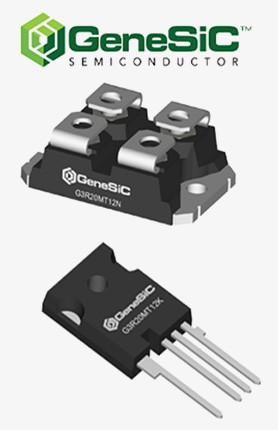
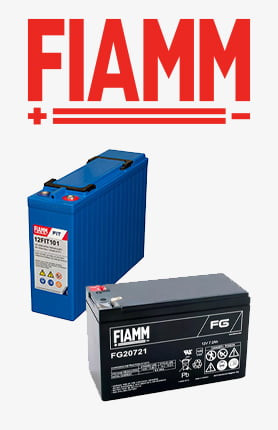
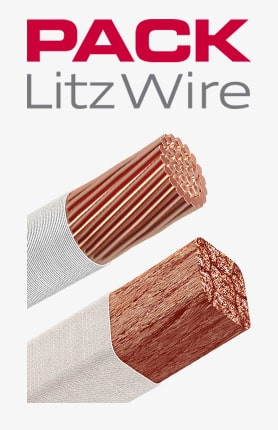
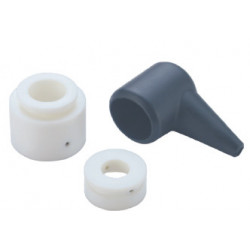
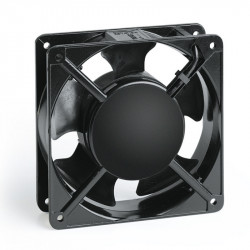
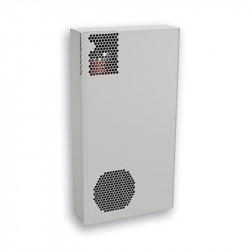
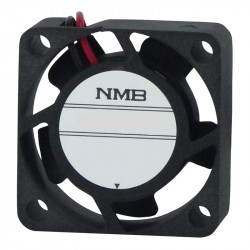
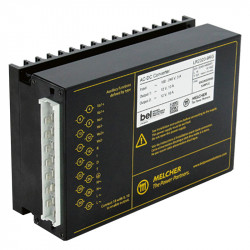
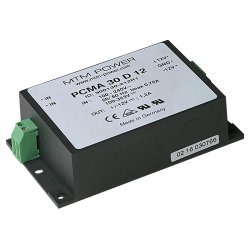
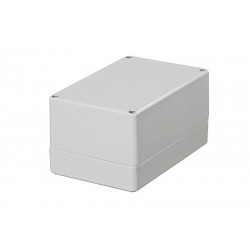
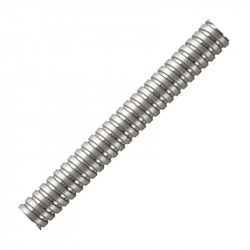
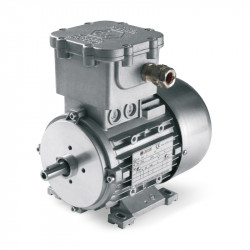
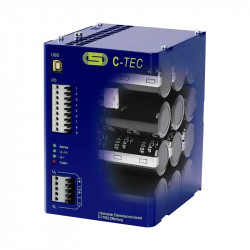

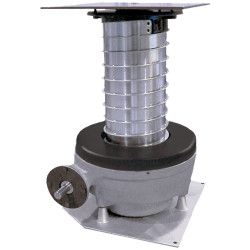
Leave a comment